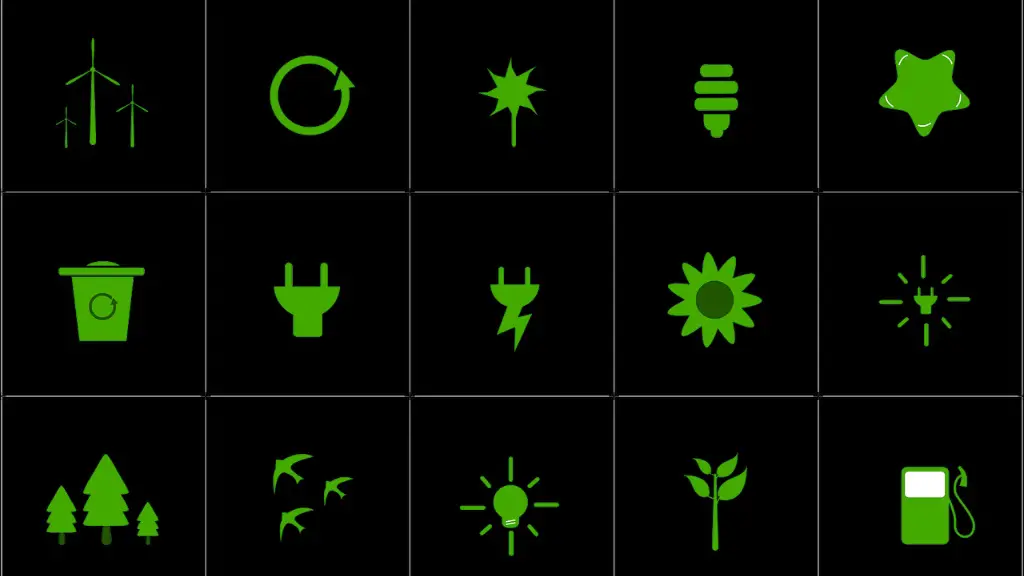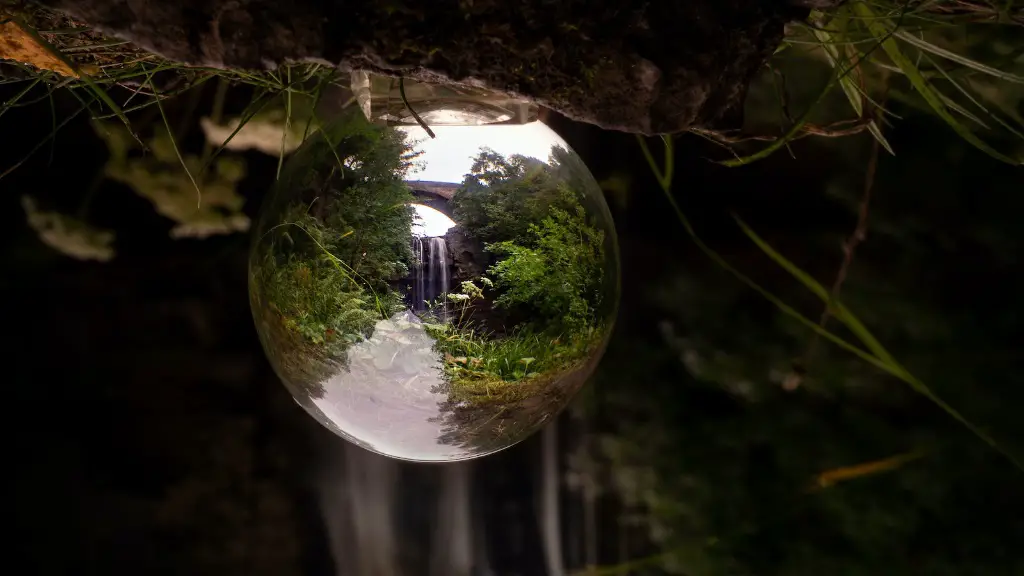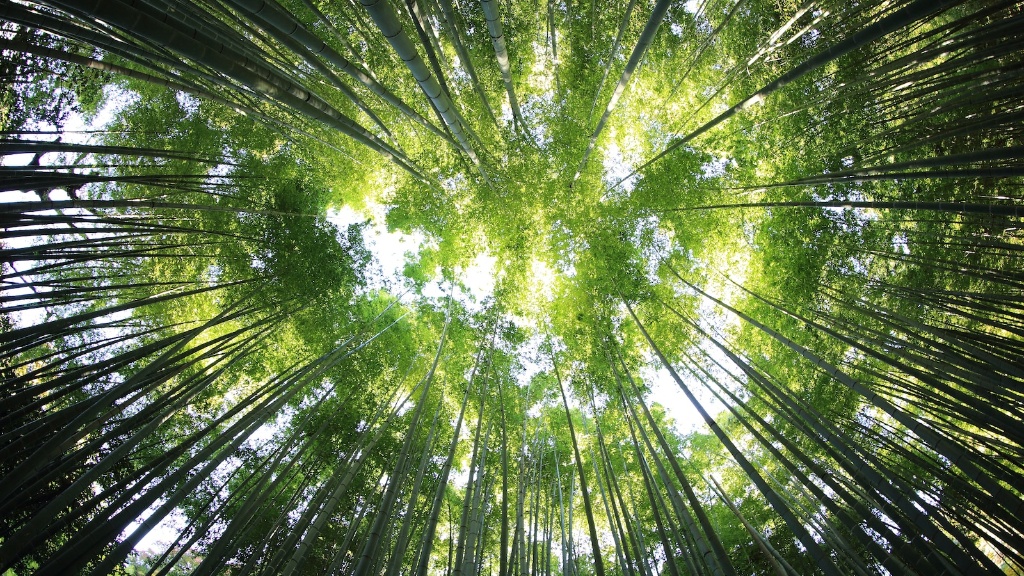Restoration ecology helps damaged ecosystems by returning them to a more natural state. This process can be done through different methods, such as removal of invasive species, replanting of native vegetation, and reintroduction of native animals. By restoring ecosystem function, restoration ecology can help to improve the overall health of an ecosystem.
The practice of restoration ecology may help to mitigate some damage to ecosystems that have been degraded through human activity. This is done by reestablishing species that have been lost and by recreating ecosystem functions.
Can a damaged ecosystem be restored?
There are many steps involved in restoring, enhancing, or creating healthy ecosystems. For example, in order to restore a degraded ecosystem, it is necessary to first assess the damage that has been done. Next, it is important to identify the factors that led to the degradation in the first place. Once these factors have been identified, it is possible to put together a plan to address them. This plan may involve measures such as replanting trees, reintroducing native species, or improving water quality. It is important to remember, however, that even the most resilient ecosystems can take a long time to recover. In some cases, it may even be necessary to accept that some ecosystems cannot be fully restored and instead focus on preventing further degradation.
There are many ways that you can help to heal the planet. You can plant trees, volunteer on a restoration project, eat less meat, simplify your home, support green businesses, buy organic, or donate to conservation groups. By taking some simple steps, you can help to make a difference.
What are the benefits of ecological restoration
Ecosystem restoration is the process of repairing and rehabilitating damaged ecosystems. It offers the opportunity to effectively halt and reverse degradation, improve ecosystem services and recover biodiversity. It is estimated that 60 per cent of expected species extinctions could be avoided through the effective restoration of 15 per cent of converted lands.
One of the best ways to ensure that the land, water, and air are healthy is to allow native plants, animals, and microorganisms to do the long-term work of healing them. In some cases, simply removing invasive species and reintroducing or propagating native species can help to jumpstart the process of recovery.
What is the goal of restoration ecology?
Ecological restoration is a process that aims to recreate or initiate the recovery of an ecosystem that has been disturbed. Disturbances are environmental changes that alter ecosystem structure and function. Common disturbances include logging, damming rivers, intense grazing, hurricanes, floods, and fires.
Ecological restoration is a process that can be used to repair the damage caused by these disturbances and return the ecosystem to a more natural state. This process often involves the reintroduction of native plants and animals, as well as the removal of non-native species. Ecological restoration can be a long and difficult process, but it is important to remember that it is possible to restore ecosystems to a healthy state.
Ecosystem restoration is vital to achieve a biologically diverse, prosperous ecosystem that supports sustainable development. This is particularly true for goals related to climate change, poverty, and biodiversity. By restoring ecosystems, we can improve the quality of life for all people and help ensure a sustainable future for our planet.
Do people still have the chance to restore what was lost in environment?
The loss of natural habitats and wildlife is one of the most pressing environmental issues of our time. The pressure that humans are putting on the environment is unsustainable and it is taking a toll on both the planet and its inhabitants.
Fortunately, it is not too late to make a change. There are a number of things that people can do to help restore the environment. For example, we can reduce our reliance on fossil fuels, promote sustainable agriculture, and protect natural habitats. We also need to educate people about the importance of conserving our natural resources.
Restoring the environment will be a huge challenge, but it is one that we must take on if we want to ensure a future for our planet and its creatures.
You can help the environment in many ways, big and small. Here are a few tips to get you started:
1. Watch your energy consumption. Be conscious of how much electricity you’re using and try to conserve where you can.
2. Go vegetarian for a day. This cuts down on the demand for animal products and helps reduce your carbon footprint.
3. Recycle old technology. Don’t let electronic waste end up in landfill – recycle it or donate it to someone who can use it.
4. Conserve resources. Turn the tap off while brushing your teeth and use recycled paper where possible.
5. Do some gardening. Plants absorb carbon dioxide and produce oxygen, so by growing your own you can help improve air quality.
6. Buy in season and avoid packaging. Seasonal fruits and vegetables are usually cheaper and tastier than out-of-season produce that’s been shipped internationally. And when you do buy packaged goods, opt for items with less packaging.
7. Travel smart. Save energy (and money) by walking or biking where possible, and consider taking public transport instead of driving.
What is a disadvantage of restoration ecology
There are some important challenges that can make it difficult to achieve the desired outcomes of ecological restoration projects. One major challenge is that natural systems are constantly changing, which can make it difficult to restore an ecosystem to its former state. Another challenge is that humans have an imperfect understanding of natural systems, which can make it difficult to know exactly what needs to be done to restore an ecosystem. Finally, there is often a lack of available information about earlier successes and failures with ecological restoration projects, which can make it difficult to learn from past mistakes.
Ecological restoration can play an important role in halting and reversing the effects of land degradation and promoting sustainable development. When properly implemented, ecological restoration can restore degraded ecosystem function, improve biodiversity, and provide a range of ecosystem services.
However, proper implementation of ecological restoration is often challenging, and requires a thorough understanding of the degraded ecosystem, the desired outcome of the restoration, and the appropriate ecological restoration techniques.
Because of its potential to improve both biodiversity and ecosystem functioning, ecological restoration should be given serious consideration as a means of reversing the effects of land degradation and promoting sustainable development.
Which is the best example of ecological restoration?
There are many different restoration activities that can be undertaken in order to improve the environment. Tree planting, coral rehabilitation, forest rewilding, and invasive species eradication are all common activities that can help to make a difference. Natural ground-water filtration introduction and green space creation are also great ways to improve the environment. All of these activities can help to improve the quality of the environment and make it more habitable for plants, animals, and humans alike.
Many organisms can resprout or grow from seeds triggered by fire, and their dispersed distribution ensures that an entire population isn’t decimated Though the recovered ecosystem may look totally different from the pre-fire one, the ecosystem as a whole remains healthy.
What may happen if damaged habitats are not restored
Habitat loss can fragment ecosystems and can cause species extinctions, while habitat restoration can increase local biodiversity and species populations. The evolution of life cycles and traits that help species survive and reproduce in disturbed or altered ecosystems can help to offset these impacts.
The impact of ecosystem destruction has been widely documented and the effects are far-reaching. The most obvious impacts are increased flooding due to the erosion of soil and the rising of sea levels due to the melting of glaciers, both of which are caused by global warming. However, the disruption of the food chain is also a major effect of ecosystem destruction, as the loss of apex predators can have a ripple effect all the way down the food chain. This can lead to a loss of biodiversity and the destabilization of entire ecosystems. In short, the impact of ecosystem destruction is far-reaching and can have devastating consequences.
How long until the environment is irreversible?
There is a lot of debate surrounding aggressive climate change policies. Some people believe that we are always about 10 years away from a catastrophic climate change event, or that we will reach a greenhouse gas emission “tipping point” where such a change will become inevitable. Others believe that we need to take action now in order to avoid these potential disasters. It is important to consider all of the evidence and arguments before making a decision on what policies to support.
This study provides a bleak outlook for the future of our planet’s biodiversity. In just 50 years, we are expected to lose so much of the world’s wildlife that it will take millions of years for it to recover. This is a tragedy that we must prevent from happening.
Conclusion
Yes, restoration ecology does help damaged ecosystems. This is because restoration ecology is the practice of repairing and reconstructing ecosystems that have been damaged or degraded. This can be done through various means, such as replanting native vegetation, reintroducing native animals, and repairing damaged habitats. By restoring ecosystems, we can help them to function more effectively and support more biodiversity.
Yes, restoration ecology does help damaged ecosystems. It is a process of returning an ecosystem to its original state. This can be done through various methods, such as removal of invasive species, reintroduction of native species, and reforestation.





